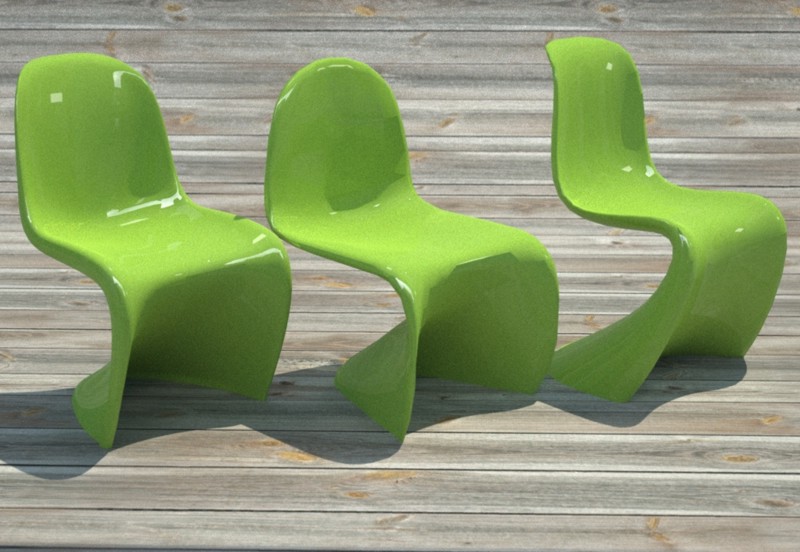Giving Maxwell another shot
-
3000
-
@unknownuser said:
Jeff Jacobs wrote:
3000SPARTAAAA!! (x10)
Sorry for the OT, but the whole 300 / Sparta thing with macros still gets me laughing.
Save the Earth, it's the only planet with chocolate.
+++ NB +++ NB +++ NB +++ NB +++ NB +++
MEMBERS: Have you read the announcement?
Report this post
-
Jeff,
Just 4 hours for a 3000 px wide image in Maxwell?!!! How many teraflops does your machine do?

Let me know when you're upgrading- I'll start saving up for your old machine now!Jackson
Jackson
HP dv8000, Centrino Duo T2400 1.83GHz, 1.5Gb RAM,
nVidia GeForce Go7400
SU, AutoCAD, Progecad, MicroGDS, Vue, Maxwell, VRay, Photoshop, DreamweaverReport this post
-
Hi to everyone, just found my way here now. Cool
Great renderings Jeff, like always. That is the Saarinen table from FormFonts you have in the first render right? I had trouble with those faceted edges on that one myself. It is true that with the added realism of Maxwell those sharp and faceted edges become more apparent than with some other products. The low poly models seem to work better with a more CG:ish look. The problem is often that low-poly geometry that looks fine in SU just doesn’t render well. I have noticed this also when rendering curved surfaces with a shiny surface.
Here is a quick example of three Panton chairs. One is a low-poly FormFonts chair with a messy mesh. One is s rather high poly Evermotion chair with a clean mesh. The third one, found on the SU forum, is something in between. Can you tell which one is the low-poly one?
Image
When I use high-poly models in SketchUp I always try keeping them on separate layers, so you can turn them of when working on different parts of the model. I think SU can handle a big file, but displaying everything in a high-poly model is where the problems start.Nondestructive bevelled edges is definitely on my SU wishlist.
Sheik

-
Sheik
Really glad to see You back. Your Su-Maxwell
expertise was missing here.
-
Middle one is low-poly, left one is high-poly, and right one is the mix.

-
Bingo! ArchitectBoy gets 3/3 points. Notice how the middle one, the low-poly version, has strange uneven shadows and reflections.
-
Greetings from Vancouver. It's BC Day! Woo Hoo!
The one on the right is the only one close to the original shape–low poly, high poly, no poly. Very Happy
-
Who is this "poly" everyone keeps talking about? I've never seen her post her before....

Great work guys! Enjoying the thread.
...still waters, run deep....
Tina Anne Stiles, ASAI
Quality Digital Watercolor Architectural Illustrations
Advertisement







